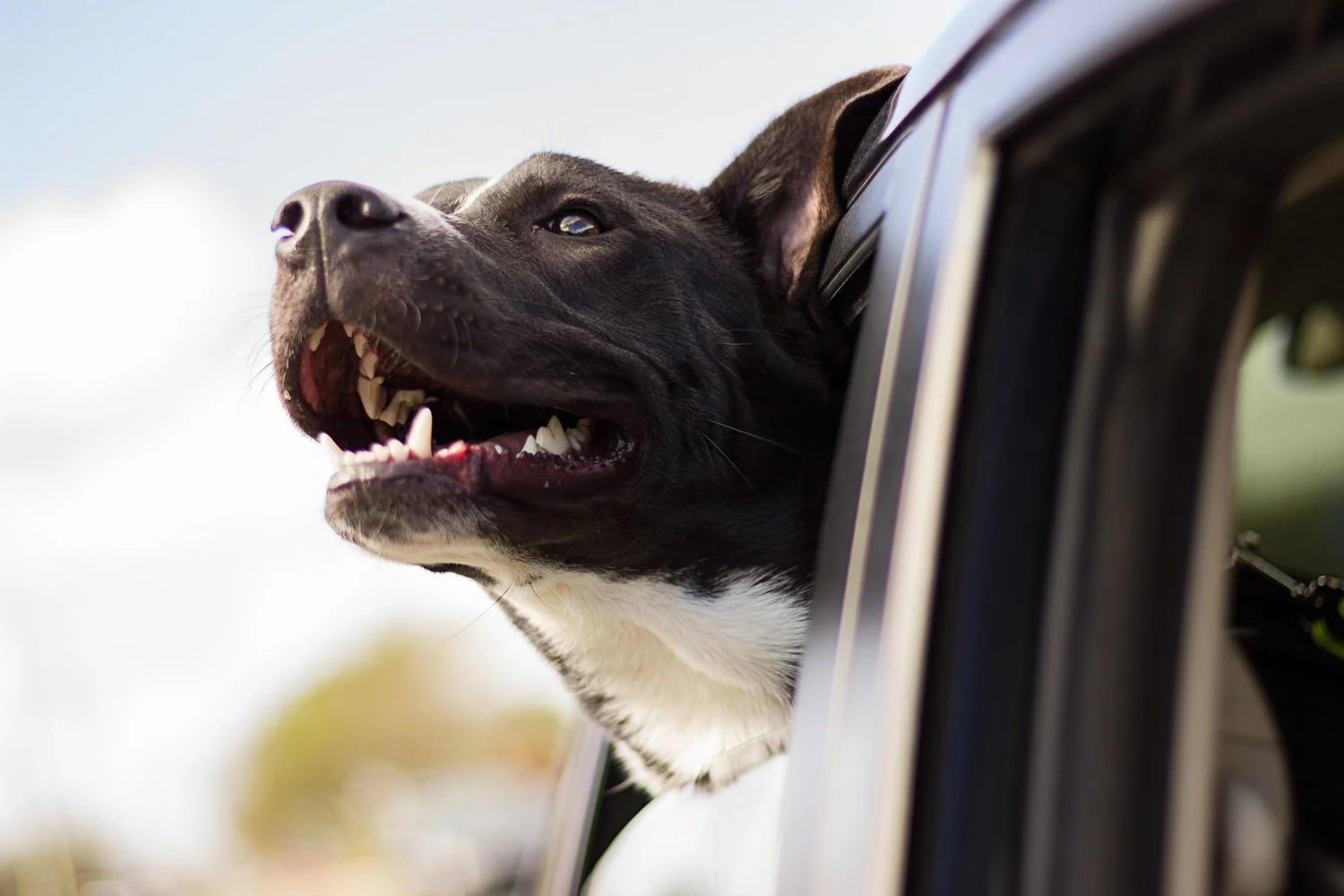1 TRAINING SESSION
1 TRAINING SESSION
Initial Consultation and Assessment:
The program begins with an initial consultation between the dog owner and the professional trainer. During this session, the trainer gathers information about the dog's history, behavior issues, and the owner's training goals. They also assess the dog's temperament, learning style, and any specific training needs.
Goal Setting and Training Plan Development:
Based on the assessment, the trainer works with the owner to set specific training goals. Whether it's basic obedience, behavior modification, or advanced training, the trainer creates a customized training plan tailored to the dog's individual needs and the owner's preferences.
One-on-One Training Sessions:
The one-on-one training sessions form the core of the program. These sessions typically occur on a regular schedule, depending on the owner's availability and the training plan's objectives. The trainer uses positive reinforcement techniques to teach the dog desired behaviors, address behavior issues, and refine obedience skills.
Basic Obedience and Command Training:
The trainer focuses on teaching basic obedience commands such as sit, stay, down, come, heel, and leave it. They break down each command into manageable steps, using positive reinforcement to reward the dog for correct responses. The trainer also guides the owner on proper timing, cues, and body language to ensure effective communication with their dog.
Behavior Modification and Problem Solving:
If the dog exhibits specific behavior issues, such as aggression, fear, separation anxiety, or excessive barking, the trainer addresses these problems during the program. They employ behavior modification techniques tailored to the dog's needs, working to reshape behavior patterns and promote more desirable responses.
Enrichment and Socialization:
Incorporating enrichment activities and socialization experiences into the training program is crucial for a well-rounded dog. The trainer introduces appropriate socialization opportunities, exposing the dog to various environments, people, and other animals in a controlled and positive manner.
Owner Education and Skill Transfer:
Throughout the program, the trainer educates the owner on dog behavior, training principles, and effective handling techniques. They provide guidance on reinforcing the learned behaviors outside of training sessions, ensuring that the owner can continue the training and maintain progress after the program concludes.
Progress Evaluation and Follow-Up:
Regular progress evaluations are conducted to assess the dog's development and adjust the training plan as needed. The trainer provides feedback and guidance to the owner, offering support and addressing any concerns. Follow-up sessions or additional training may be recommended to further reinforce the training and maintain long-term success.
Remember, a one-on-one training program provides a personalized approach to address the unique needs of the dog and owner. The trainer's expertise and guidance are essential for achieving desired outcomes and building a strong bond between the owner and their dog.
